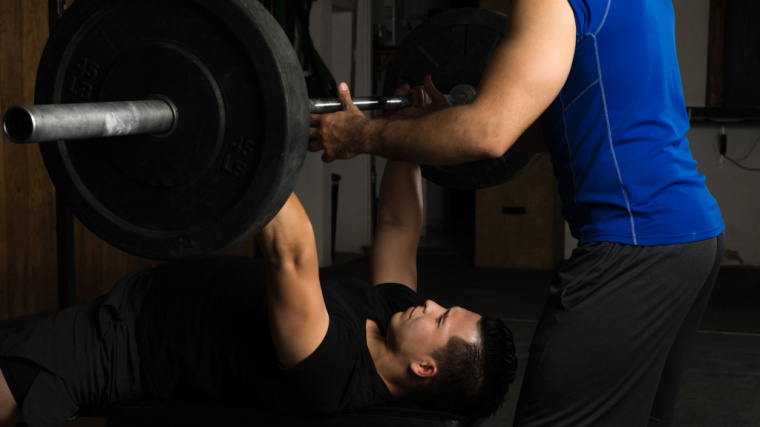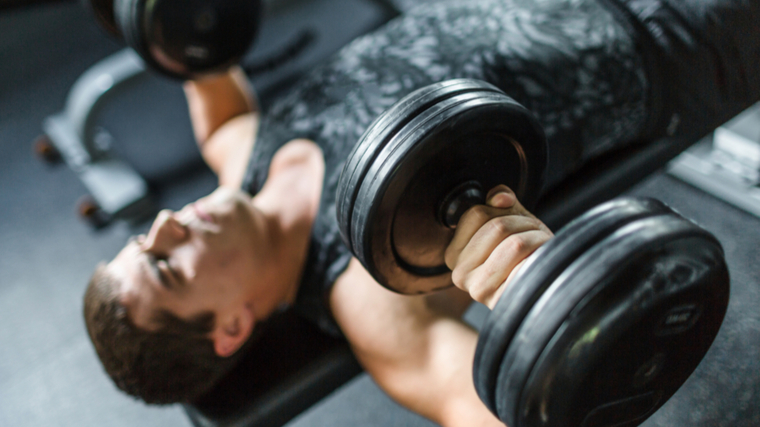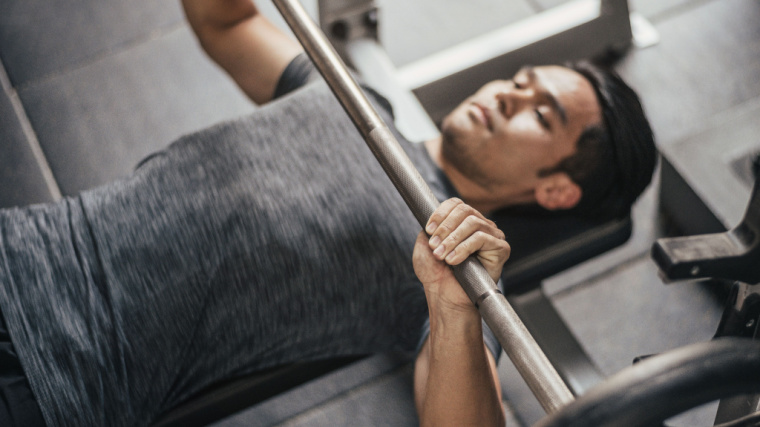http://www.marksdailyapple.com/
 My kids are all grown up now, but from talking to friends and colleagues with younger kids, it’s become clear that youth sports has become too serious. Kids compete too much and too early. They overspecialize in sports at too young an age, then get burnt out and stop loving the sport altogether. They spend too much time doing the same thing with the same movement patterns. It monopolizes any free time the kids (and rest of family) have. And, perhaps most importantly, parents are too wrapped up in it all.
My kids are all grown up now, but from talking to friends and colleagues with younger kids, it’s become clear that youth sports has become too serious. Kids compete too much and too early. They overspecialize in sports at too young an age, then get burnt out and stop loving the sport altogether. They spend too much time doing the same thing with the same movement patterns. It monopolizes any free time the kids (and rest of family) have. And, perhaps most importantly, parents are too wrapped up in it all.
But it doesn’t exist in a vacuum. Kids love to play sports and need to move their bodies.
The foundation of all human movement is play—engaging in a broad spectrum of spontaneous moments, reacting to novel situations as they arise, associating movement with intrinsic reward and joy and pleasure. The problem is that the classic childhood culture of free play, which is how children have historically (and pre-historically) developed their ability to move through physical space and engage with the physical world, is disappearing from neighborhoods. Oftentimes the only chance a kid gets to move is by joining a competitive youth sports team.
So how can you make it work without getting out of hand? How can kids engage in youth sports without burning out, getting injured all the time, and hating what used to be enjoyable?
Keep it fun.
They’re “playing” sports, remember? Playing. Playing is fun. It’s joyful. If you’re enrolling your kid in a legit youth sport recreation league, make sure the emphasis is on fun. That may mean calling the coach and talking about their philosophy and their goals for the kids.
Don’t criticize them on the ride home. Don’t badger them about missing a play or shot. If they start dreading going to practice, if they start making up excuses as to why they can’t go today, then listen. Pull back. Take it easy on them. Let them play sports. If you ruin sports, you might just ruin the idea of play altogether.
Delay competition as long as you can.
A tale as old as time is the kid who starts a sport—maybe it’s wrestling—at age 5, has a knack for it, loves it, and starts competing before long. He wins a few tournaments, does well, wins more than he loses, but then by age 10 or 11, he’s lost interest. The sport he loved to play became a chore, a job, a source of stress and pressure. 10, 11, 12 year olds aren’t meant to deal with that kind of stress associated with a sport they’re supposed to love.
Meanwhile, the kids who get into a specific sport at age 12 after having spent their younger years playing and trying a bunch of new sports all the time excel, go on to compete at a higher level. There are exceptions, of course, but I’ve seen this happen over and over again.
Let them decide to compete.
The desire to compete has to emerge from within. The human child is a complex being still in the flower of development. To grab them in the middle of development and throw them into a sport and say “Ok, now go compete at a high level” is to interrupt what could be a delicate process of growth. Humans are naturally competitive, but this competitiveness comes out at different time for different kids. Rushing it along might “spoil the batch,” if that makes sense. Like cooking, you have to honor the recipe.
Now, if they want to compete but balk as the moment arrives, you should push them. Nudge them into it. That’s just the pre-game jitters. As long as they made the initial decision, you can help them stick to it.
Don’t be the coach (unless you’re the actual coach).
Oftentimes a parent will be the coach for the youth sports team. If that’s you, be the coach. Definitely be the coach. It’s your formal role. But don’t be the parent screaming from the sidelines. Don’t be the dad at practice calling out tips and adjustments to your kid, going above and around the coach. Don’t mix the worlds.
Consider a “movement” discipline instead of a sport.
When kids are young and looking for a physical activity, consider a non-traditional alternative to classic sports.
- A gymnastics and tumbling class down at the local recreation center.
- A parkour or ninja-training course at the local movement gym.
- Jiu jitsu, wrestling, or some other grappling martial art where kids will be rolling around, exploring dozens of different joint articulations, and “roughhousing” in a safe and controlled manner.
- Swimming is a legit sport, but a season or two of swimming can set them up for life with strong skills. No need to get competitive with it.
This will give them the ability to move well, express their physical potential through time and space, make friends, build their stamina and endurance, and set them up well for any traditional sports they want to try in the future.
Play with balls.
Keep a bunch of balls around the house and play with them with your kids.
Playing catch. Start with easy predictable throws and then progress to making them react to unpredictable throws. Dribbling with your feet and hands. Dribbling unconventional things, like tennis balls. The carryover to a basketball or soccer ball is huge and makes it much easier. Playing dodgeball. The classic schoolyard game, now banished or severely neutered in most schools, taught millions to dodge, contort their bodies, catch, and throw with great power and accuracy.
Just carrying a ball around, getting comfortable with it. Tossing it up and catching it while you walk. Tossing it while you watch TV. Idle play, so that it becomes part of you.
Give them their space.
Unless you’re dealing with truly young kids who still need their parents from moment to moment, I’d recommend that you drop your kid off at practice and go find something else to do for an hour. If you’re going to watch, do it from afar where they can’t really see you. Don’t be front and center at practice. What you’ll find is that if you’re right there on the sidelines kids will constantly look to you for approval. They’ll scan your face for disappointment, or happiness. You don’t want that. You want your kids fully immersed in the game, doing it for themselves—not for you.
Let the field or wrestling room or track or court be their space that they learn to own. Consider it a little taste of separation.
Anything works as long as they’re moving.
Variety is the spice of movement. There are hundreds of sports, physical activities, and skills
A sport isn’t even necessary. There’s:
- Dance
- Archery
- Martial arts
- Hunting
- Boxing
- Parkour
- Gymnastics
- Fencing
- Horse stuff
- Rock climbing/bouldering
To name just a few.
Choose recreation leagues over travel leagues.
At least when they are on the younger side, a more casual rec league makes more sense for most kids than a serious year-round travel league. It doesn’t take all your time. It’s not year round, so your kids can try different sports throughout the year. It’s not as expensive—you’re not renting hotels and spending money on planes and gas. It’s not as competitive and serious, which can force your kid into bad patterns—both movement and psychological.
You can always move up to the travel league if your kid expresses interest and has the chops for it. But choose rec leagues whenever possible, because it’s hard, if not impossible, to go back once you commit to travel.
Play multiple sports.
The number one issue with the. I grew up playing every sport outside with my friends, roaming the neighborhood for pickup games, and simply getting into trouble everywhere I went. This made me the man and athlete I am today. I can play any number of sports and can still move well in part because I grew up playing everything. If that idyllic childhood experience is no longer available to your kids, you can at least help them get the same results by letting them play multiple sports, rather than focus on one. This also spreads the “movement load” to various tissues that might otherwise get overloaded and injured from repetitive motions.
When they get older, they can specialize all they want, but the best foundation for an athlete is playing everything.
Always be trying.
They can try anything and they can quit if they don’t like a particular sport or physical activity—but they have to pick another. They must always be trying.
Ask yourself “Who’s it for?”
Are you pushing your kid into sports for their benefit, or yours?
Now, there’s an argument that they might not know the benefits of the sport. Sports can have a multitude of long term benefits down the road: the friends you make, the skills and athleticism you develop, the camaraderie, the pressure you have to withstand, how you learn to temper the joy of victory and bitterness of defeat. These are all real considerations that your average 7 year old with an average time horizon isn’t factoring into their decision to play or not.
However, those benefits are more likely to emerge if the kid truly enjoys the sport. Pushing him or her into it against their will makes it less likely they’ll glean those positive lessons down the line and more likely they’ll resist them.
These are the things to keep in mind when making your child’s youth sports league experience optimal, ideal, and most importantly fun.
Take care, everyone. I’d love to hear your thoughts on youth sports.
The post How to Handle Youth Sports as a Parent appeared first on Mark’s Daily Apple.






 Humans have been using lavender as a culinary, cosmetic, aromatherapeutic, and hygienic herb for at least several thousands years. In the Bible, Mary uses lavender (“very costly”) to anoint the feet of Jesus. In ancient Egypt, embalmers used lavender in the mummification process. Roman bathhouses often scented the water with lavender petals and women throughout the Mediterranean—where it grows natively—used it in hair oils, perfumes, and makeup. It became so ubiquitous as a fragrance in cleansing agents and bathing that the name “lavender” itself comes from the root Latin word for washing—lavare.
Humans have been using lavender as a culinary, cosmetic, aromatherapeutic, and hygienic herb for at least several thousands years. In the Bible, Mary uses lavender (“very costly”) to anoint the feet of Jesus. In ancient Egypt, embalmers used lavender in the mummification process. Roman bathhouses often scented the water with lavender petals and women throughout the Mediterranean—where it grows natively—used it in hair oils, perfumes, and makeup. It became so ubiquitous as a fragrance in cleansing agents and bathing that the name “lavender” itself comes from the root Latin word for washing—lavare.
 Maureen Blanquisco
Maureen Blanquisco (@maureenblanquisco.pro)
(@maureenblanquisco.pro) For now classes are 6pm and 640pm at 2840 Wildwood st in the Boise Cloggers studio.
Book your class NOW!
click this ==>
For now classes are 6pm and 640pm at 2840 Wildwood st in the Boise Cloggers studio.
Book your class NOW!
click this ==>








